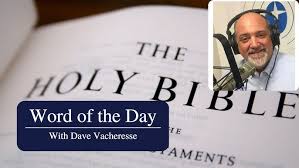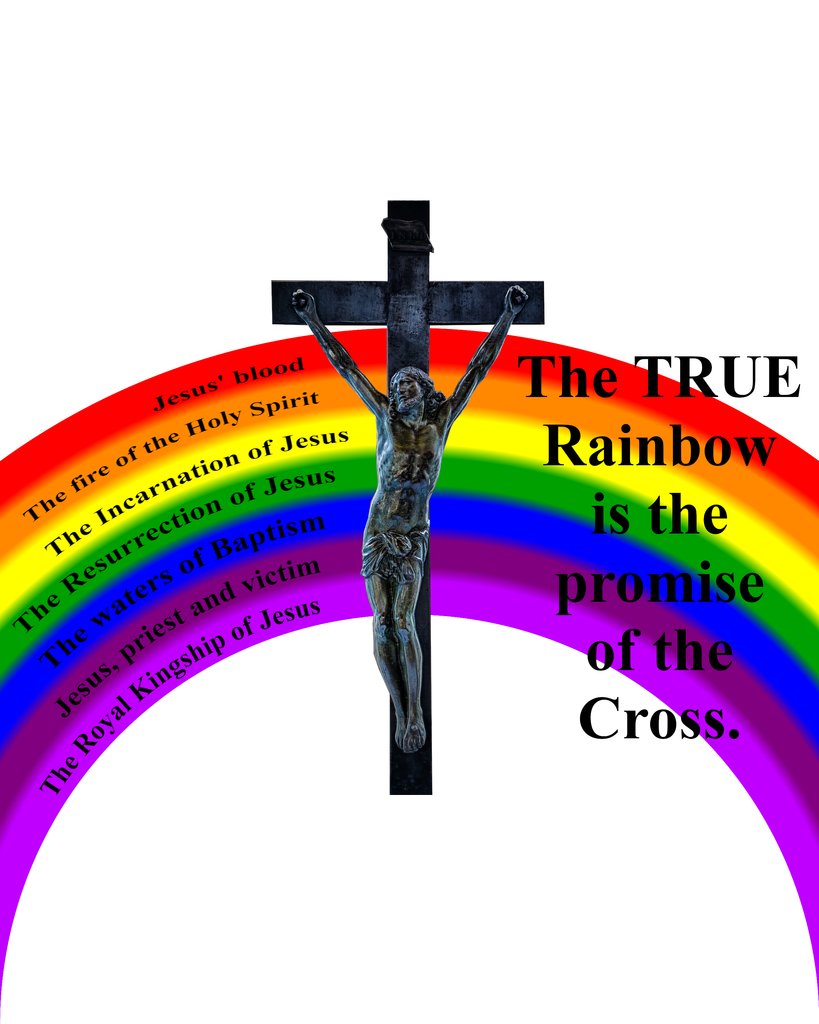One for the Good Guys: Artist Alexander Stoddart named Queen’s Sculptor
 Readers may remember the post on Scottish sculptor Alexander Stoddart posted on CMR some time back. Stoddart has been bravely wading upstream against the Modernist art establishment for decades, giving the world a kind of classical art which rises as high as any the world has seen. News reports tell how as an art student in the 1970s, bathroom graffiti in his university called him a “fascist” because he chose to use figurative art. Well, the times have changed. Queen Elizabeth II has officially named him “Her Majesty’s Sculptor in Ordinary in Scotland.” Beauty is back, baby, and the Queen says so.
Readers may remember the post on Scottish sculptor Alexander Stoddart posted on CMR some time back. Stoddart has been bravely wading upstream against the Modernist art establishment for decades, giving the world a kind of classical art which rises as high as any the world has seen. News reports tell how as an art student in the 1970s, bathroom graffiti in his university called him a “fascist” because he chose to use figurative art. Well, the times have changed. Queen Elizabeth II has officially named him “Her Majesty’s Sculptor in Ordinary in Scotland.” Beauty is back, baby, and the Queen says so.
 What we are talking about here is not a simple return to the traditional technique alone, some sort of empty-headed formalism. Stoddart is also a painter, and he recently finished a portrait of former Lord Provost of Glasgow, Elizabeth Cameron, shown here. I have had the privilege of corresponding with Stoddart by e-mail for several years, and he sent me this description of the painting:
What we are talking about here is not a simple return to the traditional technique alone, some sort of empty-headed formalism. Stoddart is also a painter, and he recently finished a portrait of former Lord Provost of Glasgow, Elizabeth Cameron, shown here. I have had the privilege of corresponding with Stoddart by e-mail for several years, and he sent me this description of the painting:
Yup. This is a sophisticated piece of art by a sophisticated man. Kundry, by the way, is the female lead in Wagner’s opera Parsifal, itself based on a medieval legend about an Arthurian knight Percival and his quest for the Holy Grail. Montsalvat is the mythic faraway land which in legend is the home of the temple housing the same Holy Grail. Gurnemanz is Percival’s mentor who instructs him in becoming a knight of intelligence and sophistication.

 CMR readers might be especially interested in Stoddart’s recent work in Catholic liturgical sculpture. The Saint Rita of Cascia and the Annunciation shown here show us sculpture integrated into the architecture itself, a decidely rare thing these days. In fact, this may be the first time in many decades that traditional artist and traditional architect have been commissioned to work together in an ecclesiastical building. How superior this is to the congregation which hires the local architect for its church then fills it full of catalogue-ordered art. Stoddart is currently working on a full set of Station of the Cross for this chapel, which is the first time in a long
CMR readers might be especially interested in Stoddart’s recent work in Catholic liturgical sculpture. The Saint Rita of Cascia and the Annunciation shown here show us sculpture integrated into the architecture itself, a decidely rare thing these days. In fact, this may be the first time in many decades that traditional artist and traditional architect have been commissioned to work together in an ecclesiastical building. How superior this is to the congregation which hires the local architect for its church then fills it full of catalogue-ordered art. Stoddart is currently working on a full set of Station of the Cross for this chapel, which is the first time in a long 
 time that an artist of his caliber will offer the world a fresh look at that devotion and its art.
time that an artist of his caliber will offer the world a fresh look at that devotion and its art.So many congratulations to Alexander Stoddart, and a big thank you to the Queen.








